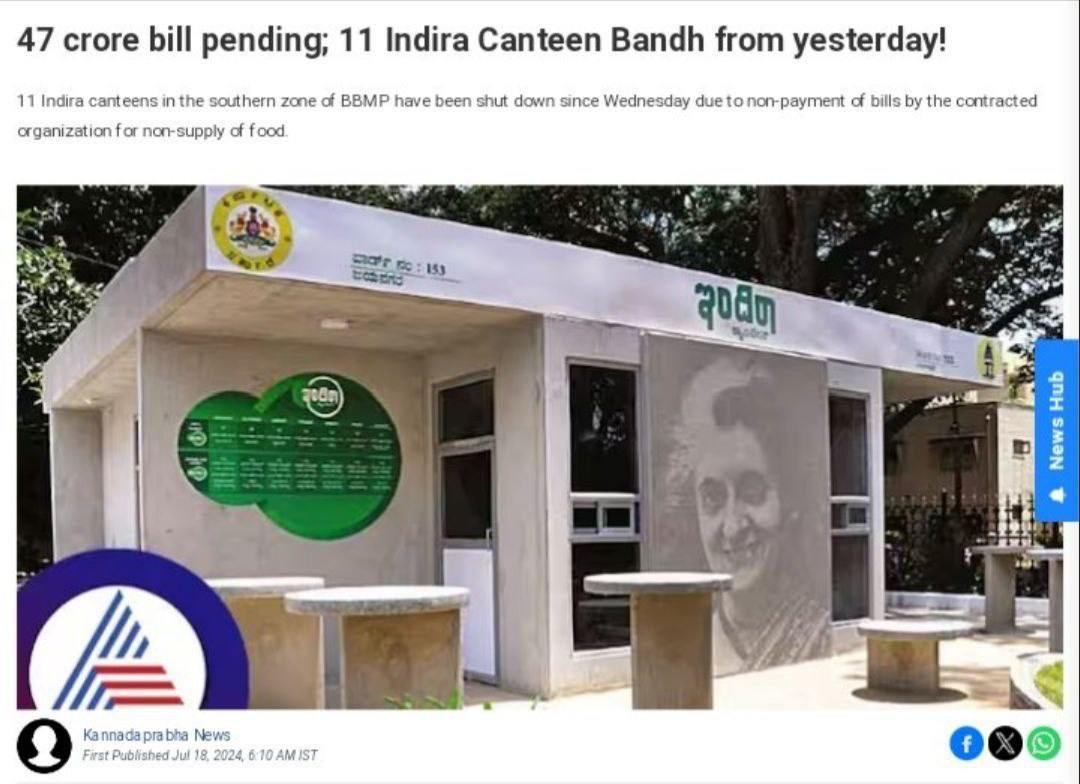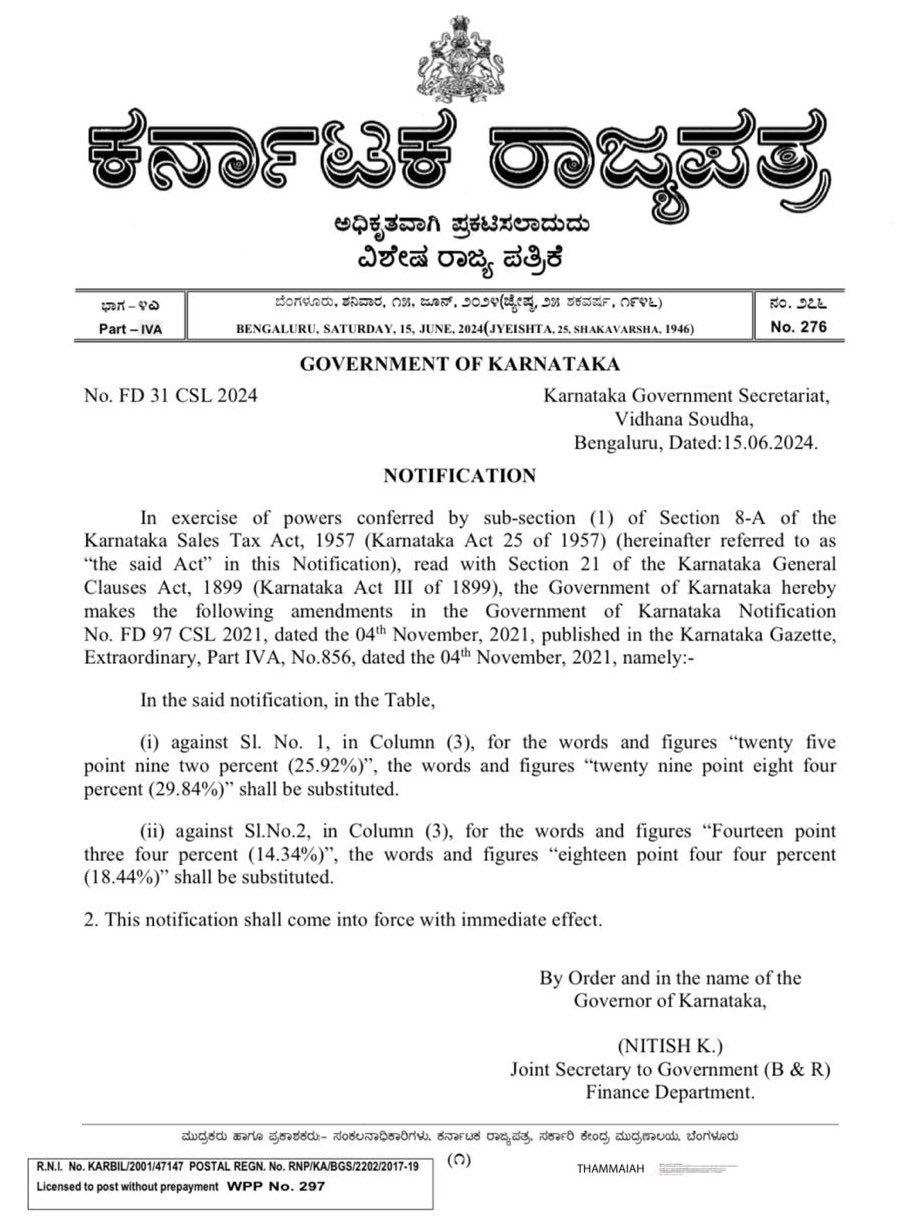Types of Farming in India and Essential Agricultural Tools
Agriculture is the backbone of the Indian economy, employing a significant portion of the population and contributing substantially to the country’s GDP. The diversity in climate, soil, and topography across India has led to a variety of farming practices. This article explores the types of farming prevalent in India and the essential agricultural tools that support these practices, including power tillers, tractors, mini tractors, JCBs, and rotavators.
Types of Farming in India
1. Subsistence Farming
Subsistence farming is the most common type of agriculture in India, particularly in rural areas. Farmers grow crops to meet the needs of their families, with little surplus for sale. This type of farming relies heavily on traditional methods and manual labor. Common crops include rice, wheat, pulses, and vegetables.
2. Commercial Farming
Commercial farming involves large-scale production of crops intended for sale. This type of farming uses modern techniques and equipment to maximize yield. Cash crops like sugarcane, cotton, tea, coffee, and tobacco are typically grown. Commercial farming requires significant investment in terms of machinery and technology.
3. Plantation Farming
Plantation farming is a form of commercial farming where a single crop is grown on a large scale. Examples include tea, coffee, rubber, and coconut plantations. These farms are usually owned by companies or wealthy individuals and employ a large number of workers.
4. Mixed Farming
Mixed farming involves the cultivation of crops and the rearing of animals on the same farm. This practice allows farmers to diversify their sources of income and reduce risk. Common combinations include cereal crops and livestock like cows, goats, and poultry.
5. Organic Farming
Organic farming is gaining popularity in India due to growing health consciousness among consumers. This method avoids synthetic fertilizers and pesticides, using natural alternatives instead. Organic farmers often employ techniques such as crop rotation, green manure, composting, and biological pest control.
6. Horticulture
Horticulture focuses on the cultivation of fruits, vegetables, flowers, and ornamental plants. Tomato farming is a significant part of horticulture in India, especially in states like Maharashtra, Karnataka, and Andhra Pradesh. Advanced techniques and specific tools are often employed to ensure high-quality produce.
Essential Agricultural Tools
1. Power Tiller
A power tiller is a versatile tool used for plowing, tilling, and preparing the soil. It is particularly beneficial for small and medium-sized farms. Power tillers are equipped with blades that break the soil, making it easier to plant crops. They are more affordable and easier to maneuver compared to traditional tractors. The power tiller price in India ranges from INR 80,000 to INR 1,50,000, depending on the brand and features.
2. Tractor
Tractors are the workhorses of modern agriculture, used for a variety of tasks including plowing, tilling, planting, and transporting goods. They come in various sizes and power capacities to suit different farming needs. Tractors have significantly reduced the labor required in farming and increased productivity. The price of a standard tractor in India varies widely, from INR 3,00,000 to INR 10,00,000 or more, depending on the model and specifications.
3. Mini Tractor
Mini tractors are smaller and more compact than traditional tractors, making them ideal for small farms and orchards. They are designed to perform a range of tasks with attachments such as plows, tillers, and seeders. Mini tractors are also more economical and fuel-efficient. A popular mini tractor brand in India is Swaraj tractor, with mini tractor prices starting at around INR 2,50,000. These tractors are particularly useful in hilly regions and for inter-cultivation in row crops.
4. JCB
JCBs (excavators) are heavy machinery used in agriculture for digging, lifting, and moving soil and other materials. They are essential for tasks such as land leveling, creating irrigation channels, and constructing farm infrastructure. JCBs save time and labor, making them a valuable asset for large-scale farms and construction projects.
5. Rotavator
A rotavator, also known as a rotary tiller, is a powerful tool used for soil preparation. It breaks up the soil into a fine tilth, ready for planting. Rotavators are attached to tractors and come in various sizes to suit different farm needs. They are especially useful for preparing seedbeds and incorporating crop residues into the soil.
Farming Techniques and Tools in Tomato Farming
Tomato farming is a crucial part of horticulture in India. It requires careful soil preparation, planting, and maintenance to achieve high yields. The use of modern agricultural tools can significantly enhance the efficiency and productivity of tomato farming.
1. Soil Preparation: Power tillers and rotavators are used to prepare the soil, ensuring it is well-aerated and free of clumps. This creates an ideal seedbed for tomato plants.
2. Planting: Mini tractors with seeders can help in planting tomato seeds or seedlings uniformly across the field. This ensures optimal spacing and growth conditions for the plants.
3. Maintenance: Tractors with sprayers are used for applying fertilizers and pesticides, ensuring the healthy growth of tomato plants. Additionally, JCBs can be used to create irrigation channels, ensuring a consistent water supply.
4. Harvesting: While manual harvesting is common, the use of mechanized harvesters is increasing in commercial tomato farms, reducing labor costs and time.
Conclusion
Farming in India is a diverse and dynamic sector, influenced by various factors such as climate, soil, and socio-economic conditions. The adoption of modern agricultural tools like power tillers, tractors, mini tractors, JCBs, and rotavators has revolutionized farming practices, increasing efficiency and productivity. With the right combination of traditional knowledge and modern technology, Indian agriculture continues to thrive, supporting the livelihood of millions and contributing to the nation’s economy.
Whether it's subsistence farming, commercial farming, or specialized practices like tomato farming, the availability and use of appropriate agricultural tools are crucial for success. As technology advances and farmers become more aware of these tools' benefits, the future of Indian agriculture looks promising, with the potential for higher yields, better quality produce, and improved livelihoods for farmers.
https://khetigaadi.com/new-implement-type/power-tiller/enTypes of Farming in India and Essential Agricultural Tools
Agriculture is the backbone of the Indian economy, employing a significant portion of the population and contributing substantially to the country’s GDP. The diversity in climate, soil, and topography across India has led to a variety of farming practices. This article explores the types of farming prevalent in India and the essential agricultural tools that support these practices, including power tillers, tractors, mini tractors, JCBs, and rotavators.
Types of Farming in India
1. Subsistence Farming
Subsistence farming is the most common type of agriculture in India, particularly in rural areas. Farmers grow crops to meet the needs of their families, with little surplus for sale. This type of farming relies heavily on traditional methods and manual labor. Common crops include rice, wheat, pulses, and vegetables.
2. Commercial Farming
Commercial farming involves large-scale production of crops intended for sale. This type of farming uses modern techniques and equipment to maximize yield. Cash crops like sugarcane, cotton, tea, coffee, and tobacco are typically grown. Commercial farming requires significant investment in terms of machinery and technology.
3. Plantation Farming
Plantation farming is a form of commercial farming where a single crop is grown on a large scale. Examples include tea, coffee, rubber, and coconut plantations. These farms are usually owned by companies or wealthy individuals and employ a large number of workers.
4. Mixed Farming
Mixed farming involves the cultivation of crops and the rearing of animals on the same farm. This practice allows farmers to diversify their sources of income and reduce risk. Common combinations include cereal crops and livestock like cows, goats, and poultry.
5. Organic Farming
Organic farming is gaining popularity in India due to growing health consciousness among consumers. This method avoids synthetic fertilizers and pesticides, using natural alternatives instead. Organic farmers often employ techniques such as crop rotation, green manure, composting, and biological pest control.
6. Horticulture
Horticulture focuses on the cultivation of fruits, vegetables, flowers, and ornamental plants. Tomato farming is a significant part of horticulture in India, especially in states like Maharashtra, Karnataka, and Andhra Pradesh. Advanced techniques and specific tools are often employed to ensure high-quality produce.
Essential Agricultural Tools
1. Power Tiller
A power tiller is a versatile tool used for plowing, tilling, and preparing the soil. It is particularly beneficial for small and medium-sized farms. Power tillers are equipped with blades that break the soil, making it easier to plant crops. They are more affordable and easier to maneuver compared to traditional tractors. The power tiller price in India ranges from INR 80,000 to INR 1,50,000, depending on the brand and features.
2. Tractor
Tractors are the workhorses of modern agriculture, used for a variety of tasks including plowing, tilling, planting, and transporting goods. They come in various sizes and power capacities to suit different farming needs. Tractors have significantly reduced the labor required in farming and increased productivity. The price of a standard tractor in India varies widely, from INR 3,00,000 to INR 10,00,000 or more, depending on the model and specifications.
3. Mini Tractor
Mini tractors are smaller and more compact than traditional tractors, making them ideal for small farms and orchards. They are designed to perform a range of tasks with attachments such as plows, tillers, and seeders. Mini tractors are also more economical and fuel-efficient. A popular mini tractor brand in India is Swaraj tractor, with mini tractor prices starting at around INR 2,50,000. These tractors are particularly useful in hilly regions and for inter-cultivation in row crops.
4. JCB
JCBs (excavators) are heavy machinery used in agriculture for digging, lifting, and moving soil and other materials. They are essential for tasks such as land leveling, creating irrigation channels, and constructing farm infrastructure. JCBs save time and labor, making them a valuable asset for large-scale farms and construction projects.
5. Rotavator
A rotavator, also known as a rotary tiller, is a powerful tool used for soil preparation. It breaks up the soil into a fine tilth, ready for planting. Rotavators are attached to tractors and come in various sizes to suit different farm needs. They are especially useful for preparing seedbeds and incorporating crop residues into the soil.
Farming Techniques and Tools in Tomato Farming
Tomato farming is a crucial part of horticulture in India. It requires careful soil preparation, planting, and maintenance to achieve high yields. The use of modern agricultural tools can significantly enhance the efficiency and productivity of tomato farming.
1. Soil Preparation: Power tillers and rotavators are used to prepare the soil, ensuring it is well-aerated and free of clumps. This creates an ideal seedbed for tomato plants.
2. Planting: Mini tractors with seeders can help in planting tomato seeds or seedlings uniformly across the field. This ensures optimal spacing and growth conditions for the plants.
3. Maintenance: Tractors with sprayers are used for applying fertilizers and pesticides, ensuring the healthy growth of tomato plants. Additionally, JCBs can be used to create irrigation channels, ensuring a consistent water supply.
4. Harvesting: While manual harvesting is common, the use of mechanized harvesters is increasing in commercial tomato farms, reducing labor costs and time.
Conclusion
Farming in India is a diverse and dynamic sector, influenced by various factors such as climate, soil, and socio-economic conditions. The adoption of modern agricultural tools like power tillers, tractors, mini tractors, JCBs, and rotavators has revolutionized farming practices, increasing efficiency and productivity. With the right combination of traditional knowledge and modern technology, Indian agriculture continues to thrive, supporting the livelihood of millions and contributing to the nation’s economy.
Whether it's subsistence farming, commercial farming, or specialized practices like tomato farming, the availability and use of appropriate agricultural tools are crucial for success. As technology advances and farmers become more aware of these tools' benefits, the future of Indian agriculture looks promising, with the potential for higher yields, better quality produce, and improved livelihoods for farmers.
https://khetigaadi.com/new-implement-type/power-tiller/en






